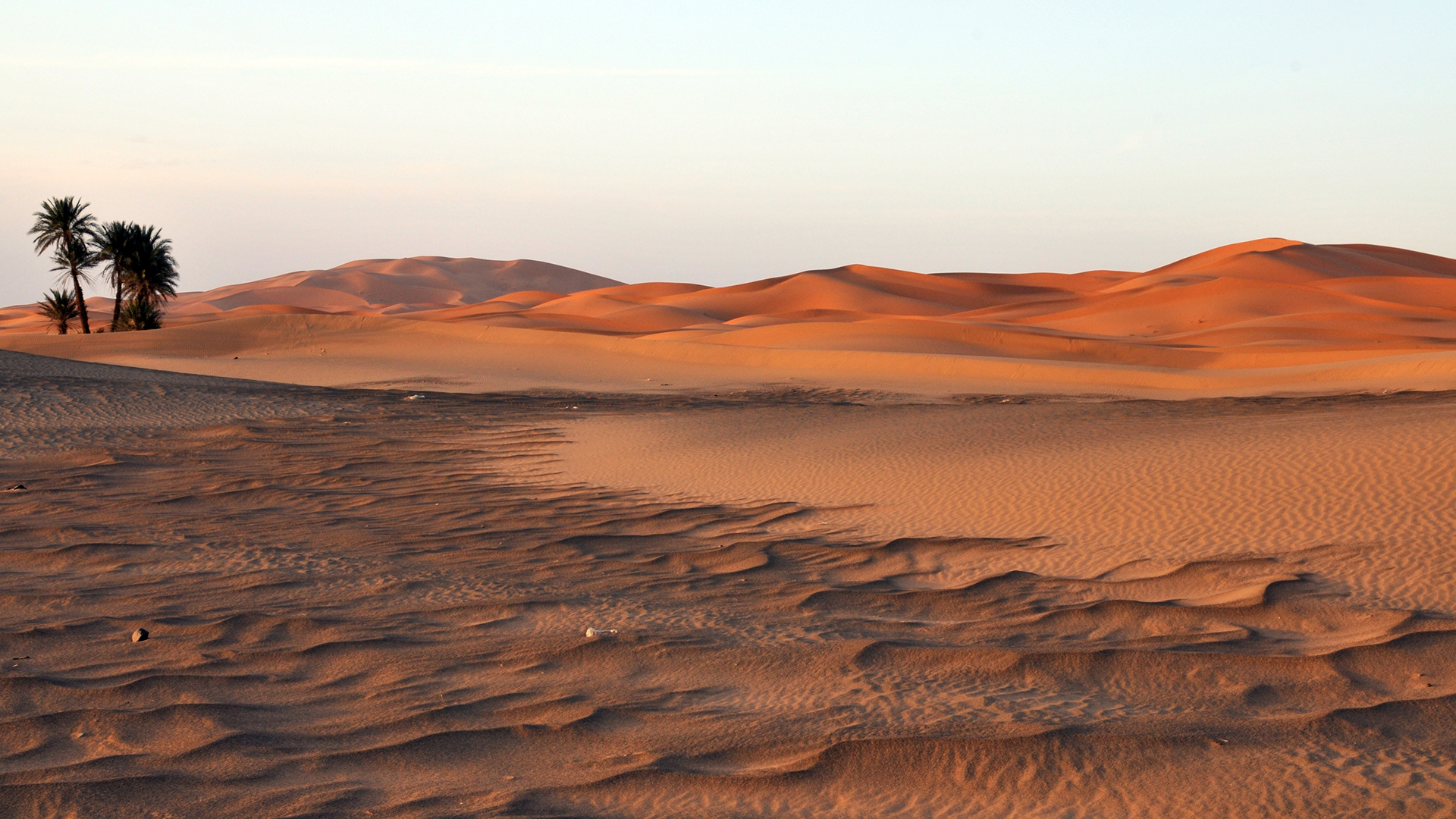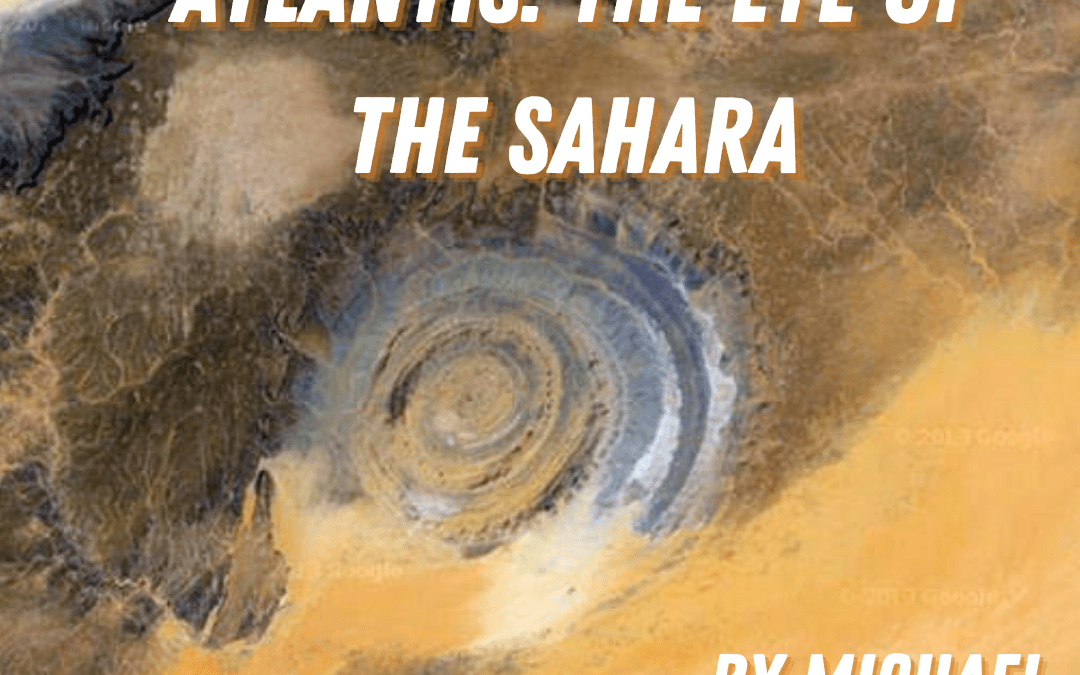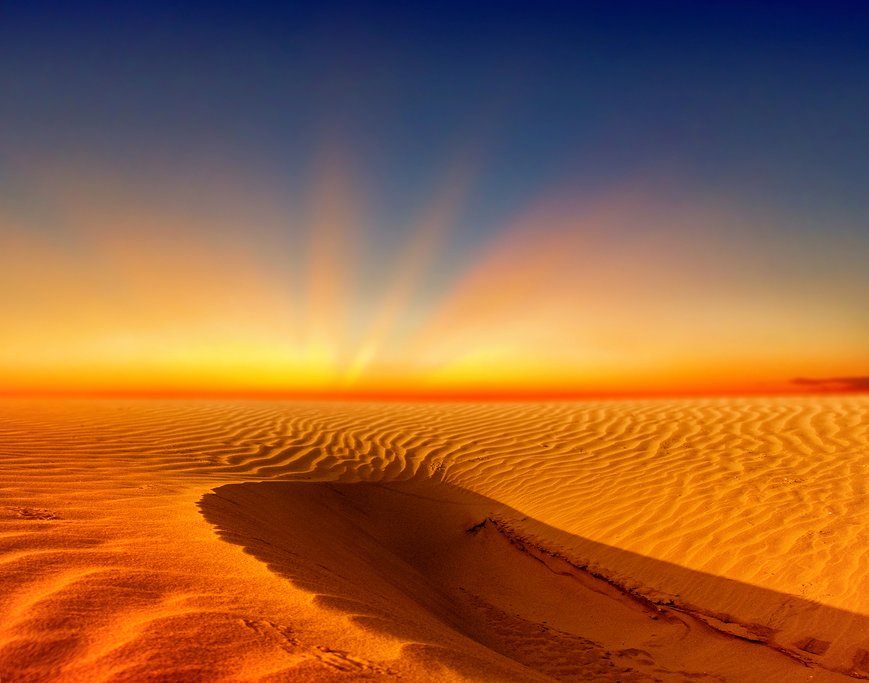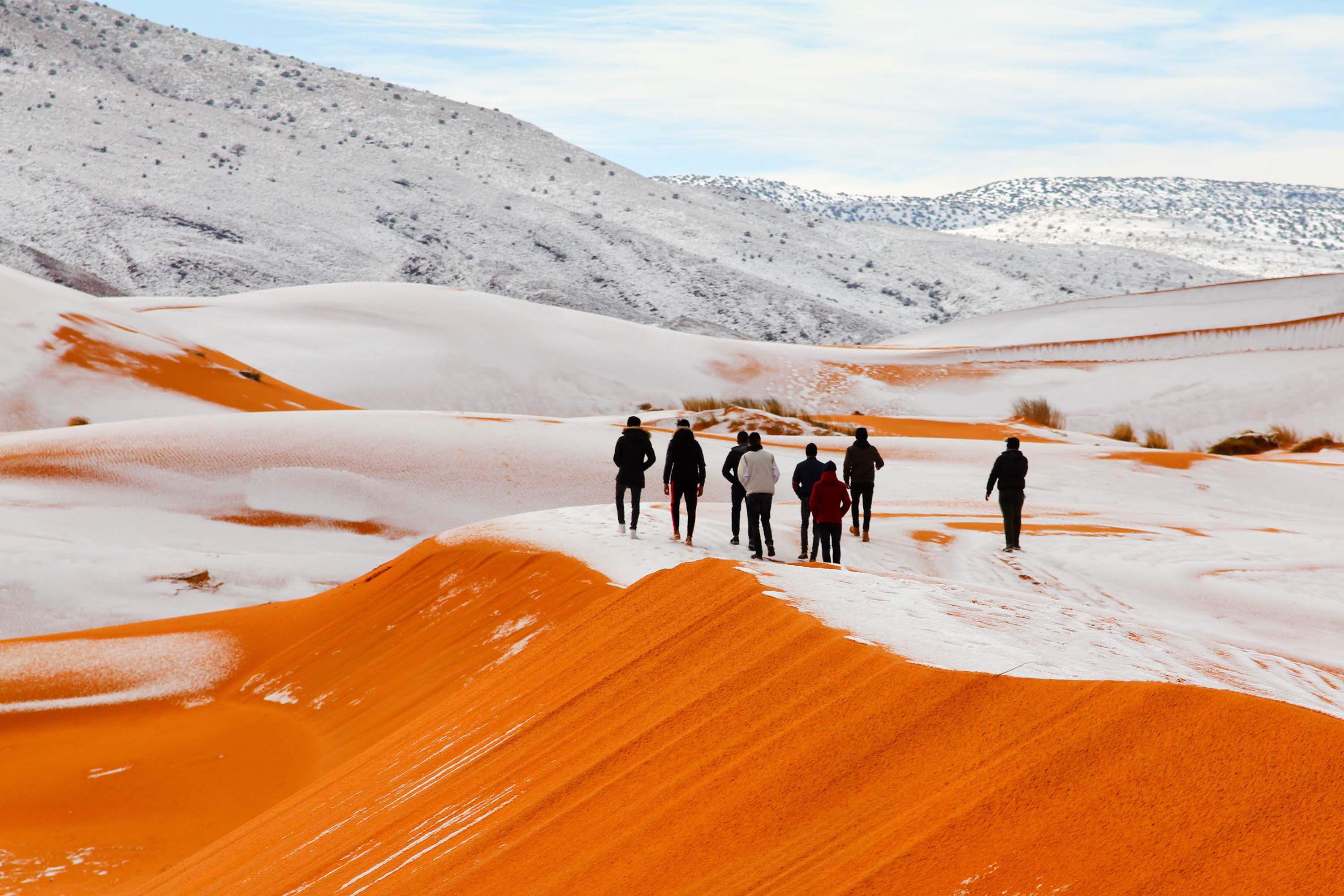Topic the sahara desert facts: Discover the Sahara Desert, a marvel of nature"s extremes. From vast dunes to diverse wildlife, uncover the fascinating facts of the world"s largest hot desert and its captivating allure.
Table of Content
- What is the size and extent of the Sahara Desert?
- The Vast and Varied Geography of the Sahara
- Climatic Conditions: Aridity and Variability
- Flora and Fauna: Adaptation to Extremes
- Human Inhabitation: Cultures and Lifestyles
- Historical Significance and Modern Impacts
- Unusual Features: The Richat Structure and Snowfall in Deserts
- YOUTUBE: Incredible Facts About the Sahara Desert
- The Sahara"s Environmental Challenges and Future
- Exploring the Sahara: Tourism and Adventure
What is the size and extent of the Sahara Desert?
The Sahara Desert is the largest desert in the world, encompassing a vast area in northern Africa. Here are some key facts about its size and extent:
- The Sahara measures approximately 3000 miles (4800 km) from east to west.
- It covers a significant portion of northern Africa, extending from the Atlantic Ocean in the west to the Red Sea in the east.
- The desert spans several countries, including Algeria, Chad, Egypt, Libya, Mali, Mauritania, Morocco, Niger, Sudan, and Tunisia.
- From north to south, the Sahara\'s extent varies, ranging from around 800 miles (1300 km) to 1200 miles (1900 km).
- The total area of the Sahara is roughly 3.6 million square miles (9.4 million square kilometers).
READ MORE:
The Vast and Varied Geography of the Sahara
The Sahara Desert, stretching across North Africa, covers an impressive 9.2 million square kilometers, making it the largest hot desert in the world. This vast landscape is shared by several countries, including Algeria, Chad, Egypt, Libya, Mali, Mauritania, Morocco, Niger, Sudan, Tunisia, and the disputed Western Sahara.
- The Sahara is not just a vast expanse of sand; it encompasses a range of geographic features. These include rocky hamadas (plateaus), massive sand dunes (some of the highest in the world), gravel plains, salt flats, and even mountains.
- Mountains like the Air Mountains of Niger, the Hoggar Mountains in Algeria, and the Tibesti Mountains shared by Chad and Libya, rise prominently from the desert. The highest peak in the Sahara is the dormant volcano Emi Koussi in Chad, standing at 3.42 kilometers.
- One of the Sahara"s most intriguing geological features is the Richat Structure in Mauritania. This dome, composed of layered sedimentary rock with a heart of volcanic rock, was first discovered in the 1930s.
- The desert"s southern boundary is marked by the Sahel, a semiarid region that serves as a transition zone to the more tropical savanna biomes.
- Despite its arid reputation, the Sahara experiences climatic variability. Its northern regions are characterized by arid subtropical climates with two rainy seasons, while the southern regions, closer to the equator, have a more tropical climate with one rainy season.
- Oases dot the Sahara, providing vital water sources and supporting local ecosystems. These lush areas are a stark contrast to the surrounding desert.
- Snow in the Sahara, while rare, occurs in the high mountain ranges like the Atlas Mountains and the Hoggar Mountains, adding to the desert"s diverse climate.
This vast desert is a land of extremes, from the scorching heat to the surprising cold of night, and from rocky plateaus to the iconic sand dunes that many associate with the Sahara.
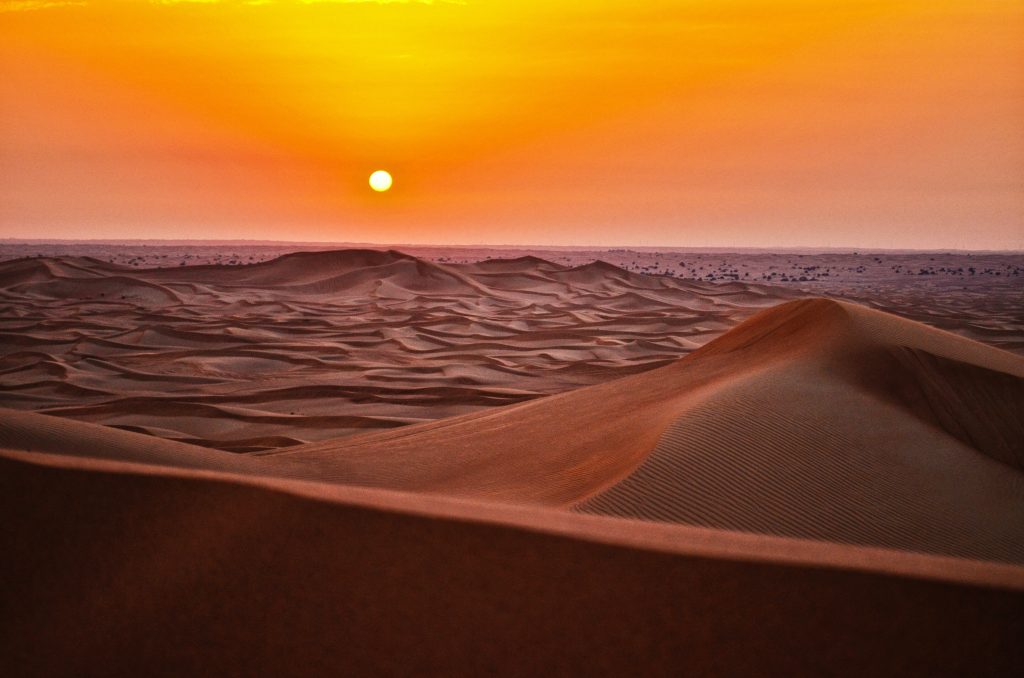
Climatic Conditions: Aridity and Variability
The Sahara Desert is synonymous with heat and aridity, but its climate is more complex and varied than often perceived. It"s characterized by extreme variability in temperature and scant, unpredictable rainfall.
- Temperature Extremes: The Sahara experiences some of the most extreme temperature variations on the planet. Daytime temperatures can soar above 50°C (122°F), while at night, they can plummet to freezing, especially during winter months.
- Annual Rainfall: Rainfall in the Sahara is sparse and irregular. The desert averages less than 3 inches of rain annually, with some regions receiving rain only once in several years.
- Northern and Southern Variations: The northern Sahara has a subtropical arid climate with two rainy seasons, while the southern edge, closer to the Sahel, experiences more tropical arid conditions with one rainy season.
- Wind Patterns: The desert is also known for its wind patterns, including the hot, dry Sirocco winds which can carry Sahara dust far north across the Mediterranean and into Europe.
- Oceanic Influence: The climate along the desert’s western margin is slightly cooler and more humid due to the influence of ocean currents.
These climatic conditions have shaped the Sahara"s ecosystem, influencing both its natural life and human activities. Despite the harsh environment, the Sahara is not devoid of life; various species have adapted to its extreme conditions.
Flora and Fauna: Adaptation to Extremes
The Sahara Desert, known for its harsh environment, hosts a variety of flora and fauna that have uniquely adapted to survive in extreme conditions.
- Desert Flora: The Sahara"s vegetation is sparse but specialized. Plants like the date palm and various types of grasses and shrubs have adapted to the arid climate. These plants often have deep root systems or special water storage systems. The presence of oases provides a habitat for more lush plant life.
- Animal Adaptations: The Sahara"s animal life is characterized by its ability to survive in an environment with limited water and extreme temperatures. Creatures like the Fennec fox, with its large ears for heat dissipation, and the Dromedary camel, which can survive long periods without water, are prime examples of adaptation.
- Birds and Reptiles: The Sahara is home to various bird species such as the ostrich and reptiles including the desert monitor lizard and different types of vipers and skinks. Many of these species are adapted for nocturnal life, avoiding the extreme heat of the day.
- Insects and Arachnids: The desert also hosts a variety of insects and arachnids, like the deathstalker scorpion, which have adapted to survive in this challenging environment.
- Endangered Species: Some Sahara species, such as the addax (a type of antelope), are critically endangered due to habitat loss and hunting.
The Sahara"s ecosystem, although extreme, is delicately balanced, with each species playing a crucial role in the survival of this unique environment.
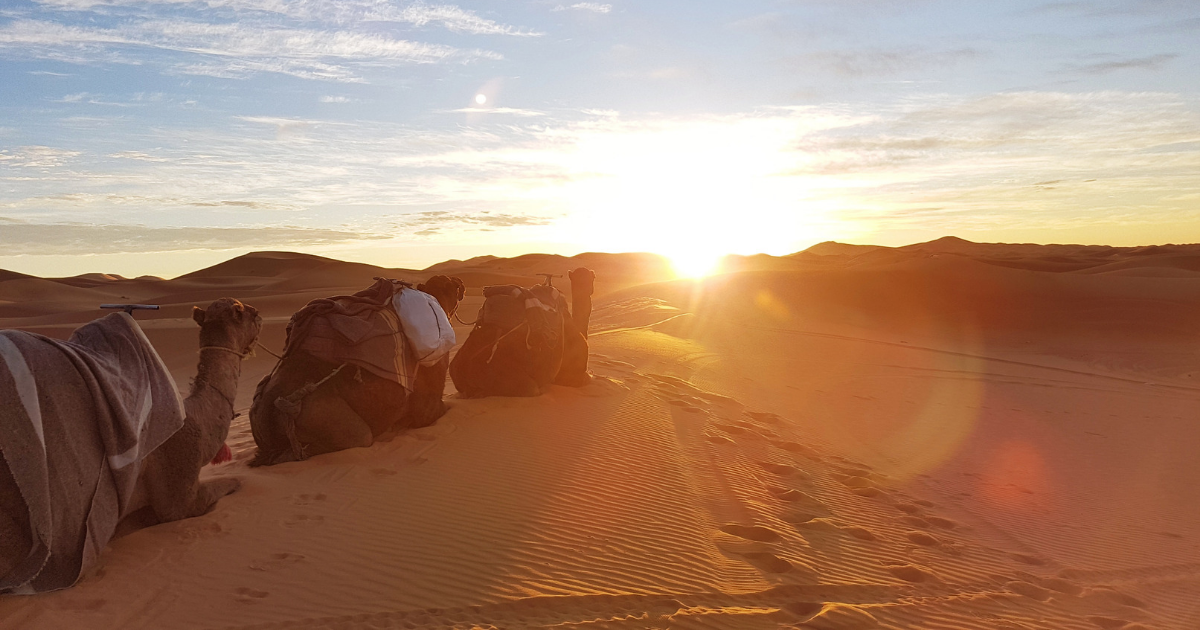
Human Inhabitation: Cultures and Lifestyles
The Sahara Desert is not just a vast expanse of sand and heat; it"s also a cradle of diverse cultures and lifestyles. Despite the harsh conditions, various communities have thrived here for centuries.
- Nomadic Tribes: Nomadic groups such as the Tuareg and Berber people are iconic residents of the Sahara. These tribes have adapted to the desert life, moving across the dunes with their camels, and living in portable tents.
- Settled Communities: Along the edges of the Sahara, particularly near oases and in the Sahel region, there are settled communities. These groups engage in farming, especially in areas where irrigation is possible, and also in trading.
- Cultural Traditions: The Sahara"s inhabitants have rich cultural traditions, including unique music, clothing, and art. For instance, the Tuareg are known for their indigo-dyed clothing and silver jewelry.
- Adaptation Strategies: Over the years, inhabitants of the Sahara have developed various strategies to cope with the environment. These include architectural designs like mud-brick houses to keep cool, and the digging of wells for water.
- Economic Activities: Besides agriculture and livestock rearing, some inhabitants participate in tourism, guiding visitors through the desert"s scenic routes.
The human aspect of the Sahara is as fascinating as its natural environment, showcasing a resilience and adaptation to one of the most challenging climates on Earth.
Historical Significance and Modern Impacts
The Sahara Desert has played a pivotal role in history and continues to impact the modern world in significant ways.
- Ancient Civilizations: Throughout history, the Sahara has been home to various ancient civilizations. It served as a trade route for caravans, notably facilitating the gold, salt, and slave trades across ancient empires.
- Archaeological Significance: The desert holds numerous archaeological sites, offering insights into human evolution and ancient cultures. Rock paintings in areas like the Tassili n"Ajjer in Algeria depict a time when the Sahara was a more fertile land.
- Climate Change: The Sahara is a prime example of how climate patterns can change over millennia. Once a lush, green area, it transformed into a desert due to shifts in the Earth"s axis and decreasing rainfall.
- Environmental Impact: The Sahara affects global weather patterns. For example, dust from the Sahara travels across the Atlantic, fertilizing the Amazon rainforest and affecting air quality in distant regions.
- Economic Resources: Modern economic activities in the Sahara include mining for resources like phosphates and iron ore. Oil exploration in the region also plays a crucial role in the global energy market.
- Renewable Energy: The vast, sunny expanses of the Sahara make it an ideal location for solar energy projects, potentially playing a significant role in future sustainable energy solutions.
The Sahara Desert is not only a geographic marvel but also a testament to the dynamic nature of Earth"s environment and human history.

Unusual Features: The Richat Structure and Snowfall in Deserts
The Sahara Desert, known for its vast sand dunes and arid climate, also boasts some surprising and unusual features that defy the typical desert landscape.
- The Richat Structure: One of the Sahara"s most intriguing features is the Richat Structure, also known as the Eye of the Sahara. Located in Mauritania, this prominent circular feature spans approximately 50 kilometers in diameter. Initially thought to be a meteorite impact site, it"s now understood to be a symmetrical uplift of sedimentary rock, with layers that have eroded at different rates. Its origins and formation are subjects of ongoing scientific research.
- Snowfall in the Desert: Contrary to the popular perception of deserts as endlessly hot and dry, the Sahara occasionally experiences snowfall. This rare phenomenon mainly occurs in the Sahara"s higher altitude regions, such as the Atlas Mountains, where the temperatures can drop enough to produce snow. The occurrence of snow in these areas, while uncommon, adds a unique aspect to the desert"s landscape and climate.
These features, along with the Sahara"s vastness and climatic extremes, make it one of the most unique and intriguing deserts in the world.
Incredible Facts About the Sahara Desert
Explore the wonders of the Sahara Desert in all its breathtaking glory. Immerse yourself in the endless stretches of golden sand, vibrant sunsets, and the fascinating nomadic traditions that have thrived for centuries. Don\'t miss this extraordinary video journey to the heart of the Sahara!
Sahara: The Largest Desert In The World - Lesson For Kids
Discover the secrets of the largest desert on Earth in this captivating video. Be mesmerized by its vast expanse, diverse landscapes, and surprising array of wildlife. Get ready to embark on an unforgettable adventure through the awe-inspiring wonders of the largest desert in the world!
The Sahara"s Environmental Challenges and Future
The Sahara Desert faces several environmental challenges that impact its ecosystem and the lives of those who inhabit it. These challenges also have broader implications for the global environment.
- Climate Change: Climate change is affecting the Sahara, with rising temperatures and changing precipitation patterns. These changes could lead to further desertification, impacting local communities and wildlife.
- Desertification: The expansion of desert areas, particularly at the margins of the Sahara, threatens agricultural lands and the livelihoods of people living in these regions. Overgrazing, deforestation, and poor land management contribute to this problem.
- Water Scarcity: Access to fresh water is a critical issue in the Sahara. The scarcity of water sources makes life challenging for the inhabitants and affects the local fauna and flora.
- Biodiversity Loss: Human activities, such as overhunting and habitat destruction, are leading to a loss of biodiversity. This includes the threat to species like the addax and Saharan cheetah.
- Future Prospects: Looking to the future, there are efforts to mitigate these challenges. Initiatives include sustainable land management, conservation of wildlife, and the potential for renewable energy projects like solar farms, taking advantage of the Sahara"s vast open and sunny spaces.
The Sahara Desert"s future depends on balancing the needs of its inhabitants with the preservation of its unique and fragile ecosystem. Addressing these environmental challenges is crucial for the sustainability of this iconic landscape.
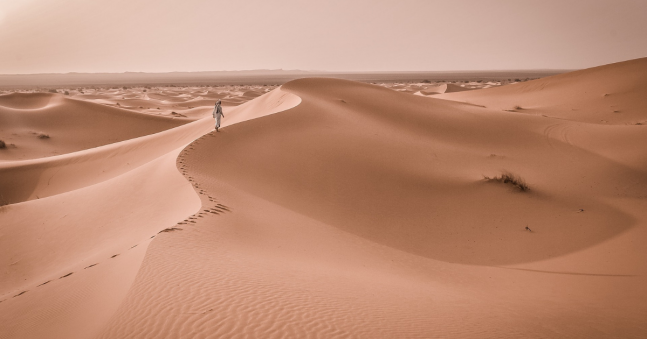
READ MORE:
Exploring the Sahara: Tourism and Adventure
The Sahara Desert, a vast and mysterious expanse, offers unique opportunities for tourism and adventure, drawing visitors from around the world to experience its stark beauty and cultural richness.
- Desert Safaris and Camel Treks: One of the most popular activities in the Sahara is a desert safari, often on camels. These treks can range from a few hours to several days, offering an immersive experience in the desert landscape.
- Visiting Oases and Historical Sites: The Sahara is dotted with oases, providing a glimpse into the desert"s natural beauty and the life that thrives around these water sources. Historical sites, such as ancient trade route cities and rock art in the Tassili n"Ajjer, are also major attractions.
- Desert Camping: For a truly authentic experience, many adventurers choose to camp in the desert, enjoying the serene beauty of the star-filled night sky away from the light pollution of cities.
- Adventure Sports: The Sahara"s landscape is ideal for various adventure sports, including sandboarding, dune bashing in 4x4 vehicles, and quad biking.
- Cultural Experiences: Visitors to the Sahara often engage in cultural exchanges with local communities, learning about their traditions, music, clothing, and cuisine.
- Photography and Filmmaking: The Sahara"s dramatic landscapes make it a popular destination for photographers and filmmakers looking to capture its unique beauty.
While exploring the Sahara, it"s important for tourists to be mindful of the delicate desert ecosystem and respect the local cultures and traditions. Sustainable and responsible tourism practices help ensure that the Sahara can be enjoyed by future generations.
In exploring the Sahara Desert"s facts, we unveil a world of breathtaking landscapes, resilient wildlife, rich cultures, and pressing environmental challenges, inviting us to appreciate and protect this extraordinary natural wonder.

